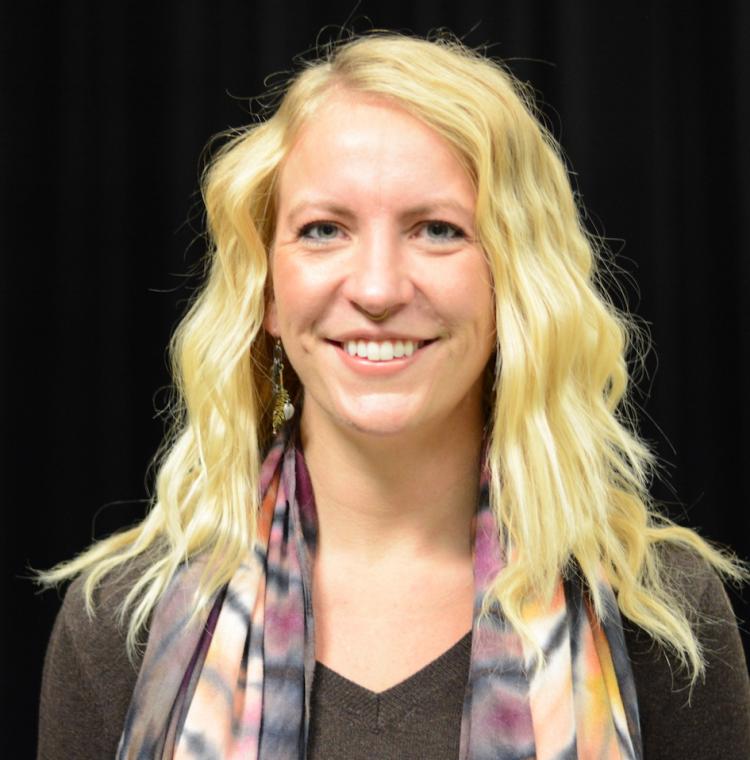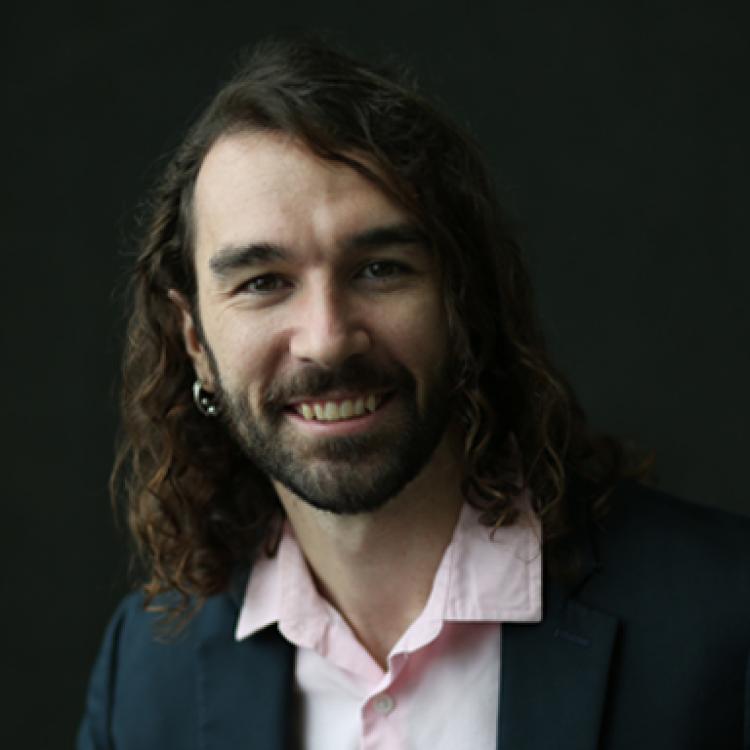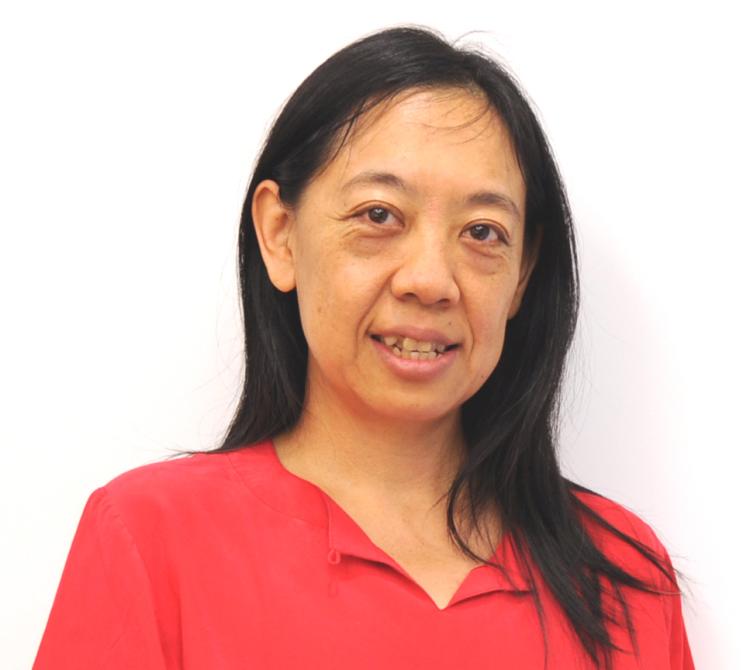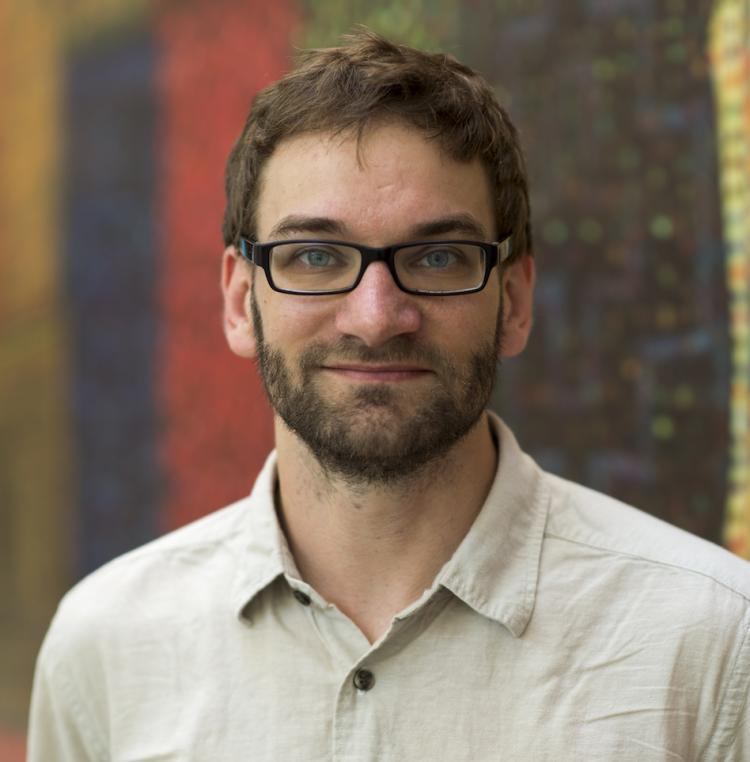Meet new members of the ATLAS faculty
In the 2017-2018 academic year, ATLAS welcomes four new faculty members to its growing roster of researchers and educators. With research and industry experience in chemistry, industrial design and engineering, human-computer interaction and science storytelling, these new faculty members expand the institute’s range of research groups, which already included human-robot interaction, playful computation, smart textiles, information technology for social impact, and typography and visible language.
“We are delighted to welcome these outstanding new faculty members to ATLAS, where we are inventing the future,” says Mark D Gross, who directs the institute. “At ATLAS we believe that some of the most powerful ideas will come from those who play across traditional discipline boundaries. By bringing together leaders in diverse fields, we enable opportunities for radical invention and creativity.”

Annie Bruns
Annie Bruns’s work combines technology with storytelling to investigate emotions and learning in the sciences. Creating vivid stories and wild performances that inspire powerful feelings, she explores how strong emotional responses influence classroom learning for different levels of learning objectives: lower, such as recalling facts and formulas; and higher, such as identifying connections between ideas and generating original work. She says she dreams of conveying complex scientific information via performance art that combines visual and audio technology with music, dance, theater and audience participation. Bruns received a Bachelor of Arts in biology from Luther College and a doctorate in molecular biology from Northwestern University. Annie joins the faculty in January.

Carson Bruns
Carson Bruns is a scientist, writer and artist. His research interests span organic, inorganic, polymer and biochemistry, as well as materials science and engineering; his artwork embraces digital / computer art, illustration, painting, photography and body art. He has specialized in synthesizing artificial molecules because he is endlessly fascinated by the idea that he can dream up a molecule so exotic and energetically costly to make that it has probably never existed in the universe, and then to actually make it. The nanostructures he builds are immensely beautiful, though too small to see. Working with his doctoral advisor Fraser Stoddart, he co-authored the book, “The Nature of the Mechanical Bond: from Molecules to Machines.” Bruns received a Bachelor of Arts in chemistry and religion from Luther College, and a doctorate in organic chemistry from Northwestern University. He was most recently a Miller Fellow at the University of California, Berkeley. Carson joined the faculty in August.

Ellen Yi-Luen Do
Ellen Do, an architect-turned-computer scientist, comes to ATLAS from Georgia Tech, where she was a professor of industrial design and interactive computing, and from the National University of Singapore, where she directed a 25-person research center in ubiquitous computing. She is committed to designing and building better creative design computing tools, starting from understanding the human intelligence and creativity involved in the design process. A unifying theme of much of her research is improving interactions with computers, taking them beyond the desktop and into the physical world. One recent project, Things that Think, Spaces that Sense, and Places that Play, involves smart living environments with computing technologies embedded in the built environment to support happier and healthier living. She has conducted research in computer-aided architectural design, especially sketch-based computing, creativity support tools and design studies, tangible and embedded interaction, and computing for health. Do received a Bachelor of Architecture from National Cheng Kung University in Taiwan, a Master of Design degree from Harvard University, and a doctorate in design computing from Georgia Institute of Technology. Do joined the faculty in August.

Daniel Leithinger
Daniel Leithinger’s research in human-computer interaction focuses on the design and development of novel shape-changing computer interfaces, challenging the dominance of flat, graphical displays by designing physically transforming material interfaces that react to touching, grasping and deforming. Motivated by current shifts towards democratizing computer‐aided design, his work gives users access to powerful consumer hardware for sensing, modifying and printing 3D data. Leithinger’s research encompasses developing custom hardware platforms, designing spatial interactions, and creating toolkits for kinetic interaction design. Leithinger received Bachelor of Science and Master of Science degrees in digital media and media design and technology from Upper Austria University of Applied Sciences and Master, and a PhD in media arts and sciences from Massachusetts Institute of Technology. Leithinger joins the faculty in January.


